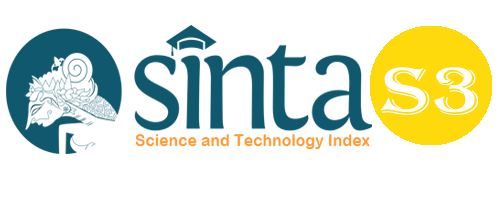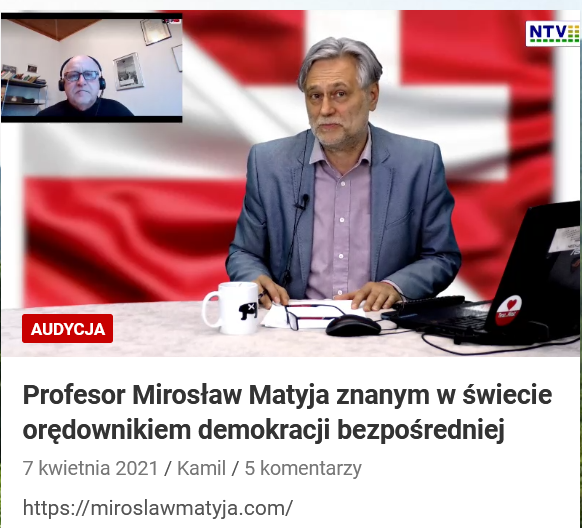Whose Story Is It? Media Portrayals of Children in Conflict and Migration Contexts
Abstract
This paper examines media portrayals of children in contexts of conflict and migration, interrogating the narratives, visual representations, and framing strategies employed in both global and local media. Using secondary data, the paper explores how children are often depicted as passive victims, security threats, or symbols of hope, rather than as agents with voices and rights. It investigates whose perspectives dominate the storytelling, whether those of journalists, governments, aid agencies, or the children themselves, and the implications of such representations for public perception, humanitarian response, and policy advocacy. The paper calls for more inclusive, context-sensitive, and child-centred reporting frameworks that recognize children not merely as subjects of pity or fear, but as individuals with agency, resilience, and stories worth telling on their own terms. This paper has shown that mainstream media often depict children through reductive frames, either as passive victims or as security threats, thus stripping them of agency and voice. These portrayals are frequently influenced by geopolitical interests, cultural biases, and editorial agendas that prioritize sensationalism over complexity. While some media efforts attempt to humanize children and highlight their resilience, structural limitations and editorial conventions often impede more balanced storytelling. A child-rights-based and ethical media framework is therefore essential to ensure that children's experiences are accurately and respectfully represented.
Keywords
Full Text:
PDFReferences
Ahmed, S., & Matthes, J. (2017). Media representation of Muslims and Islam from 2000 to 2015: A meta-analysis. International Communication Gazette, 79(3), 219–244.
Allan, S., & Mortensen, M. (2019). The Routledge Companion to News and Journalism. Routledge.
children and culture in the digital age. Lakhomi, 6(2), 1321.1 https://doi.org/10.33258/lakhomi.v6i2.1321
Chouliaraki, L. (2013). The Ironic Spectator: Solidarity in the Age of Post-Humanitarianism. Polity Press.
Collin, P., Rahilly, K., Richardson, I., & Third, A. (2011). The Benefits of Social Networking Services. Cooperative Research Centre for Young People, Technology and Wellbeing.
Communication and Media Studies: Multiple Perspectives (423 – 439). New Generation Educare Ltd.
Communication and media studies: Multiple Perspectives. New Generation Educare Ltd. 405-420
Communication and media studies: Multiple Perspectives. New Generation Educare Ltd. 405-420.
Cottle, S. (2009). Global Crisis Reporting: Journalism in the Global Age. Open University Press.
Couldry, N. (2010). Why Voice Matters: Culture and Politics After Neoliberalism. SAGE Publications.
Dutta, M. J. (2008). Communicating Health: A Culture-Centered Approach. Polity Press.
Entman, R. M. (1993). Framing: Toward clarification of a fractured paradigm. Journal of Communication, 43(4), 51–58.
Freeman, M. (2011). Children's Rights as Human Rights: Reading the UNCRC. In M. Freeman (Ed.), Children’s Rights: Progress and Perspectives (pp. 1–18). Brill Nijhoff.
Hammarberg, T. (2015). Children's rights in times of austerity. The International Journal of Children’s Rights, 23(3), 401–409.
Hart, R. (2008). Stepping Back from “The Ladder”: Reflections on a Model of Participatory Work with Children. In A. Reid, B. B. Jensen, J. Nikel, & V. Simovska (Eds.), Participation and Learning (pp. 19–31). Springer.
Hooks, b. (1992). Black Looks: Race and Representation. South End Press.
Iyengar, S. (1991). Is Anyone Responsible? How Television Frames Political Issues. University of Chicago Press.
Lundy, L. (2007). ‘Voice’ is not enough: Conceptualising Article 12 of the United Nations Convention on the Rights of the Child. British Educational Research Journal, 33(6), 927–942.
Malkki, L. (1996). Speechless Emissaries: Refugees, Humanitarianism, and Dehistoricization. Cultural Anthropology, 11(3), 377–404.
McCombs, M. E., & Shaw, D. L. (1972). The agenda-setting function of mass media. Public Opinion Quarterly, 36(2), 176–187.
Moeller, S. D. (2002). Compassion Fatigue: How the Media Sell Disease, Famine, War and Death. Routledge.
Mutsvairo, B., & Ragnedda, M. (2019). Mapping the Digital Divide in Africa: A Mediatized Perspective. Amsterdam University Press.
Nganya, C., & Oshibe, N. (2024). Impact of Al-Jazeera’s Ideological position of Sufferings of
Noble, S. U. (2018). Algorithms of Oppression: How Search Engines Reinforce Racism. NYU Press.
Nwafor, K. A., Onwe, E. C., Onyejelem, T. E., Ujebe, N., Omojunikanbi, N. C., Chime-
Ogbodo, J. N., Onwe, E. C., Chukwuemeka, W. O., Nwasum, C. J., Nwakpu, E. S., & Nwankwo, S. U. (2020). Communicating health crisis: A content analysis of global media framing of COVID-19. Health Promotion Perspectives, 10(3), 257–269.
Onyejelem, T. E. & Oboko, U. (2024). Portrayal of girls in Nollywood films: Socio-cultural and
Onyejelem, T. E. (2023). Reporting child rights through film ‘language’. In C.S Okunna (Ed.),
Onyejelem, T. E., & Ridwan, M. (2025). Perspectives and reflections on media, gender,
Onyejelem, T. E., Ridwan, M., Abubakar, M. D., Ogunbola, O., & Oyiza, E. B. (2025). Media
Onyejelem, T.E, Ezeaka, N.B & Nwafor, O.A (2021) Perceptions of Anambra Residents on
Orgad, S. (2012). Media Representation and the Global Imagination. Polity Press.
Pupavac, V. (2001). Therapeutic governance: psycho-social intervention and trauma risk management. Disasters, 25(4), 358–372.
representation of child abuse and its policy implications in Nigeria. Polit Journal: Scientific Journal of Politics, 5(2), 67–78. https://biarjournal.com
Representation of Discrimination against Foster Children in Nollywood Films. Madonna Journal of Communication Studies - (MAJOCS) 3(1), 145-166.
Representation of Discrimination against Foster Children in Nollywood Films. Madonna Journal of Communication Studies - (MAJOCS) 3(1), 145-166.
Scheufele, D. A., & Tewksbury, D. (2007). Framing, agenda setting, and priming: The evolution of three media effects models. Journal of Communication, 57(1), 9–20.
semiotic perspectives. In Gender, Nollywood & Africa (Vol. XXXI, Issue 4). Retrieved from https://www.ccsu.edu/article/africaupdate/vol-xxxi-issue-4-fall-2024-gender-nollywood-africa.
Spivak, G. C. (1988). Can the Subaltern Speak? In C. Nelson & L. Grossberg (Eds.), Marxism and the Interpretation of Culture (pp. 271–313). University of Illinois Press.
Steeves, V., & Regan, P. M. (2014). Young people online and the social value of privacy. Journal of Information, Communication and Ethics in Society, 12(4), 298–313.
Tacchi, J., Kitner, K. R., & Crawford, K. (2015). Meaningful Participation in the Digital Age: The Role of Local Content in Supporting Positive Outcomes in ICT4D. Information Technology for Development, 21(1), 36–52.
Takala, T. (2020). The Global Governance of Children’s Media. Media International Australia, 177(1), 43–57.
Tobler, C. (2023). Children’s Rights and Media Literacy Education in the Digital Era. International Journal of Children’s Rights, 31(1), 45–67.
Tuchman, G. (1978). Making News: A Study in the Construction of Reality. Free Press.
Tufte, T. (2017). Communication and Social Change: A Citizen Perspective. Polity.
UNCRC. (1989). United Nations Convention on the Rights of the Child. United Nations.
UNCRC. (2021). General Comment No. 25 on children’s rights in relation to the digital environment. Committee on the Rights of the Child.
Wall, M. (2010). Mediated Homelessness: Representing Refugees and Asylum Seekers in Global Media. In Journal of Refugee Studies, 23(2), 234–256.
Women and Children in the 2023/2024 Israeli-Hamas War on Christian/Muslim Relationship in Nigeria. Ianna Journal of Interdisciplinary Studies, 6(2), 87–98. Retrieved from https://iannajournalofinterdisciplinarystudies.com/index.php/1/article/view/287
DOI: https://doi.org/10.33258/birci.v8i3.8104
Article Metrics
Abstract view : 0 timesPDF - 0 times
Refbacks
- There are currently no refbacks.

This work is licensed under a Creative Commons Attribution-ShareAlike 4.0 International License.

This work is licensed under a Creative Commons Attribution-ShareAlike 4.0 International License.

_.gif)

















_.gif)



